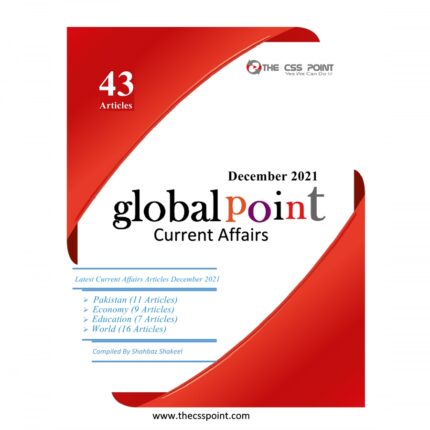The Economist Magazine 18th February 2022
“For historians each event is unique,” wrote Charles Kindle Berger in his study of financial crises . But whereas “history is particular; economics is general”—it involves searching for patterns which indicate if a cycle is turning. Today America’s financial system looks nothing like it did before the crashes of 2001 and 2008, yet lately there have been some familiar signs of froth and fear on W all Street: wild trading days on no re al news, sudden price swings and a queasy feeling among many investors that they have overdosed on techno optimism. Having soared in 202 1, shares on W all Street had their worst January since 2009, falling by 5.3%. The prices of assets favoured by retail investors, like tech stocks , cryptocurrencies and shares in electriccar makers, have plunged. The once giddy mood on r/ wall street bets, a forum for digital day traders, is now mournful.
It is tempting to think that the January selloff w as exactly what was needed, purging the stockmarket of its speculative excesses. But America’s new look financial system is still loaded with risks (see Finance & economics section). Asset pric es are high: the last time shares were so pricey relative to long run profits was before the slumps of 1929 and 2001, and the extra return for owning risky bonds is near its lowest level for a quarter of a century. Many portfolios have loaded up on “long duration” assets that yield profits only in the distant future . And central banks are raising interest rates to tame inflation. America’s Federal R eserve is e xpected to make five quarterpoint incre ases this ye ar. German twoyear Bund yields leapt 0.33 points last week, their biggest jump since 2008.
The mix of sky high valuations and rising interest rates could easily result in large losses, as the rate used to discount future income rises. If big losses do materialise, the important question, for in vestors, for c entral bankers and for the world economy, is whether the financial system will safely absorb them or amplify them. The answer is not obvious , for that system has been transformed over the past 15 years by the twin forces of regulation and technological innovation. The Economist Magazine 18th February 2022
[button url=”https://thecsspoint.com/link/10523″ class=”” bg=”” hover_bg=”” size=”0px” color=”” radius=”0px” width=”0px” height=”0px” target=”_blank”] DOWNLOAD NOW [/button]



























